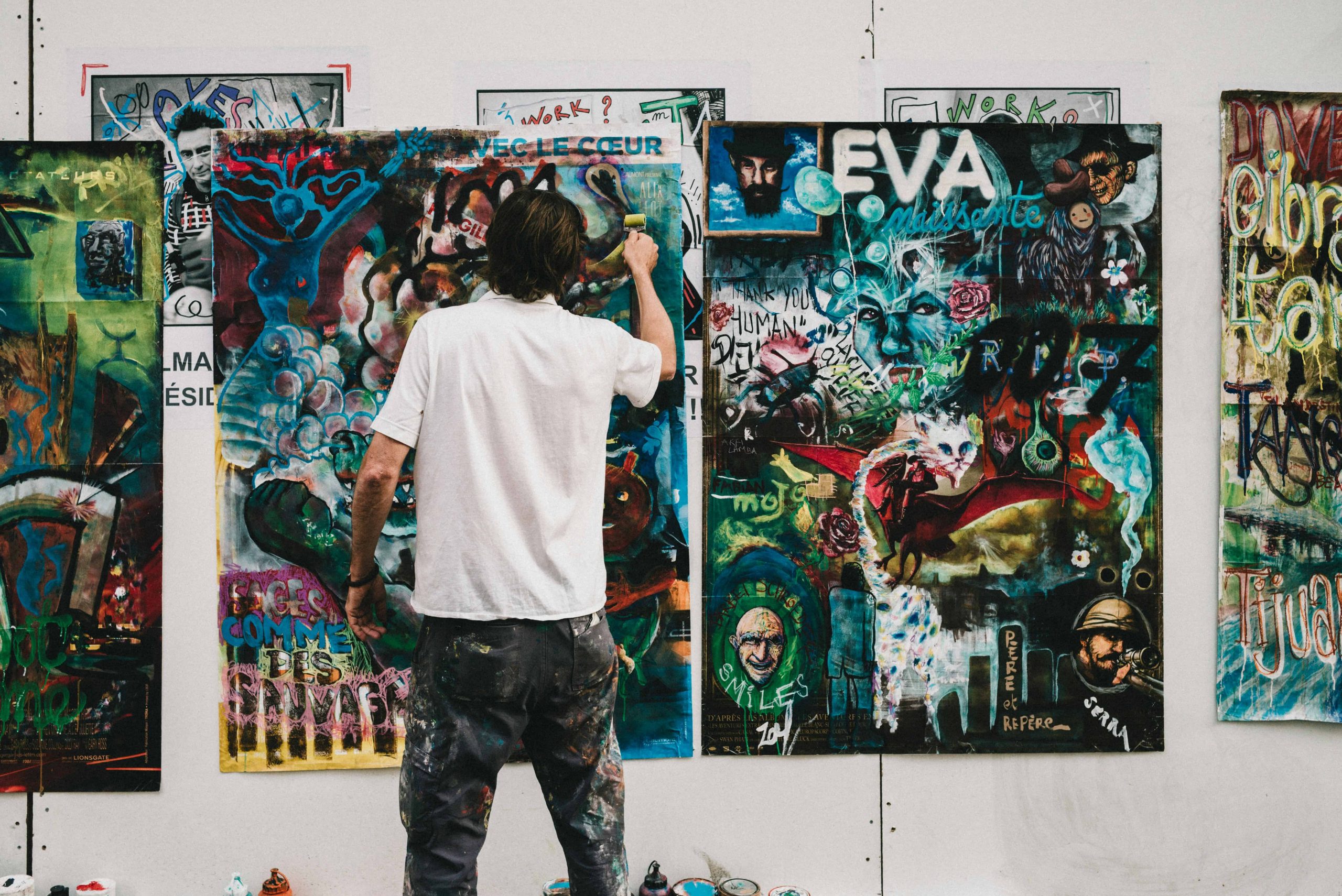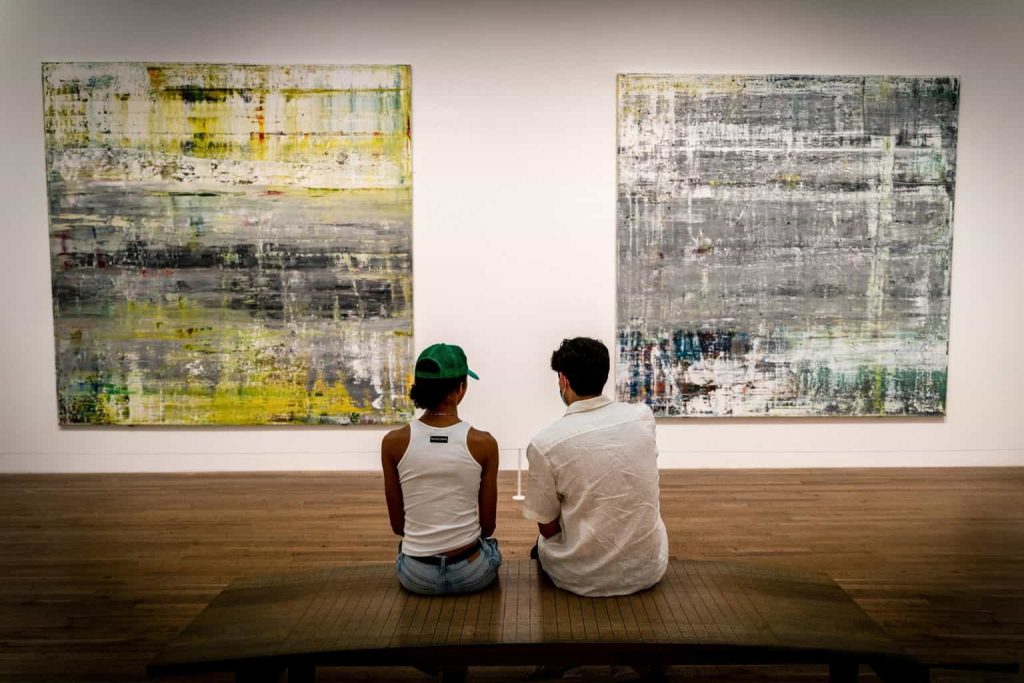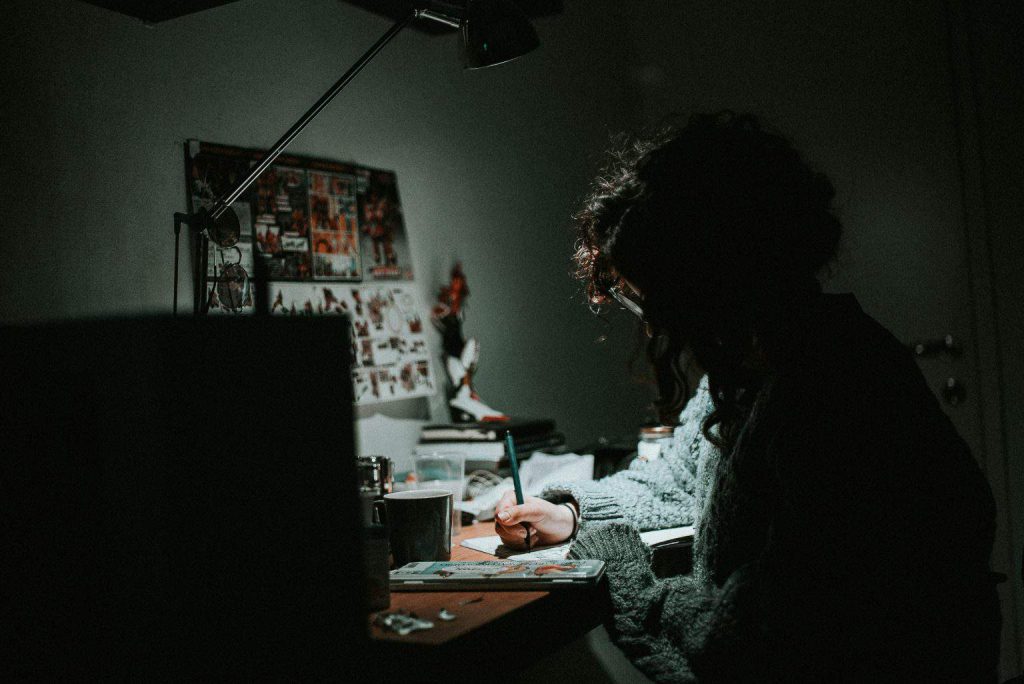
19 Feb Contemporary Art and Cultural Identity
Characterized by rapid globalization and interconnectedness, the fabric of cultural identity undergoes a dynamic evolution, weaving together a rich tapestry of traditions, beliefs, and experiences from around the globe. Within this intricate mosaic, contemporary art serves as a vibrant and essential means of both exploring and articulating the multifaceted dimensions of cultural identity. Through its diverse forms, mediums, and perspectives, contemporary art offers a lens through which we can delve deep into the complexities of cultural heritage, societal norms, and individual narratives, fostering dialogue, understanding, and appreciation across diverse communities and borders. As the world continues to interconnect and cultures intersect, the role of contemporary art in illuminating the richness and diversity of human experience becomes increasingly significant, resonating with audiences worldwide and shaping our collective consciousness in profound ways.
Creating Canvas for Exploration and Expression

Photo by Andrea De Santis
Art as a Reflection of Cultural Heritage
Contemporary artists oftentimes draw inspiration from their roots, breathing new life into age-old traditions. Kara Walker, rooted in African American heritage, explores the complexities of race and history in her silhouetted works. Xu Bing, through his mastery of Chinese calligraphy, intertwines tradition with modernity. Kahinde Wiley, known for reinterpreting classical paintings with black figures, challenges the Eurocentric canon while celebrating black culture.
These artists serve as exemplars, demonstrating how contemporary art becomes a conduit for reinterpreting, challenging, and celebrating cultural heritage in a modern context. Their works act as mirrors reflecting the rich tapestry of cultural identity, simultaneously rooted in tradition and propelled into the contemporary sphere.
Art as a Platform for Challenging Stereotypes and Norms
Contemporary art becomes a potent tool for dismantling stereotypes and confronting societal norms. Zanele Muholi, a South African artist, challenges preconceived notions about LGBTQ+ identity through her powerful photography. Ai Weiwei, a Chinese dissident artist, confronts political issues and societal constraints through his provocative installations. Banksy, a mysterious street artist, utilizes urban spaces to provide social commentary on a global scale.
These artists provoke dialogue and raise awareness about marginalized identities, using their creations to critique existing power structures. Contemporary art serves as a catalyst for societal reflection, encouraging viewers to question established norms and embrace a more inclusive understanding of cultural identity.
Art as a Tool for Building Community and Collaboration
Contemporary art fosters a sense of belonging and shared experiences within cultural communities. Collaborative art projects, community murals, and participatory installations create spaces for collective expression. These endeavors break down barriers and celebrate cultural diversity through the act of communal creation.
Such projects emphasize the communal aspect of art, transcending individual expressions to create a shared narrative. The collaborative nature of these endeavors reinforces the idea that cultural identity is not static; rather, it evolves through collective participation and engagement.
The Influence of Technology and New Media
In the digital age, technology has become an integral part of contemporary artistic expression. Artists like Rafael Lozano-Hemmer use biometric art installations to explore the intersection of technology and identity. TeamLab pioneers borderless digital art experiences, transforming traditional exhibition spaces. Jenny Holzer employs projections to convey powerful social messages, merging technology with activism.
Digital art, performance art, and interactive installations redefine the boundaries of artistic expression, engaging audiences in novel ways. These forms not only reflect the contemporary nature of cultural identities but also actively involve viewers in the artistic process, creating immersive experiences that resonate with diverse audiences.

Photo by Daniel Chekalov
Conclusion
The threads of cultural identity weave a complex narrative of tradition, innovation, and resilience. Through the lenses of artists spanning diverse backgrounds and mediums, we witness the power of artistic expression to shape, challenge, and celebrate cultural identities in an ever-evolving global landscape.
From Kara Walker’s poignant silhouettes to Ai Weiwei’s provocative installations, contemporary artists serve as torchbearers, illuminating the intersections of heritage and modernity. They confront stereotypes, dismantle barriers, and foster inclusive spaces where dialogue thrives and communities flourish. As technology expands the horizons of artistic possibility, digital realms merge with physical spaces, inviting audiences to participate in immersive experiences that transcend borders and boundaries. In this dynamic ecosystem, cultural identity thrives not as a relic of the past, but as a living, breathing canvas for exploration and expression.
Contemporary art, with its kaleidoscope of voices and visions, reminds us that cultural identity is not fixed but fluid—a tapestry in perpetual motion, shaped by the collective imagination of humanity. As we navigate the complexities of a globalized world, let us embrace the transformative power of art to bridge divides, honor traditions, and celebrate the rich diversity of the human experience. In the colorful mosaic of cultural identity, may we find unity in diversity, and inspiration in the boundless creativity of the human spirit.
Key Takeaways
Aspect | Key Points |
Reflection of Cultural Heritage | Artists reinterpret, challenge, and celebrate traditions. |
Challenging Stereotypes and Norms | Art critiques societal power structures and confronts norms. |
Building Community and Collaboration | Collaborative projects celebrate cultural diversity. |
Influence of Technology and New Media | Digital art redefines boundaries, engaging diverse audiences. |
FAQs
How does contemporary art contribute to shaping cultural identity?
Contemporary art contributes significantly to shaping cultural identity by serving as a dynamic platform that reflects cultural heritage, challenges norms, fosters community, and embraces technology. Artists often use their work to engage with the complexities of identity, offering perspectives that resonate with diverse audiences. Through various mediums such as painting, sculpture, performance, and multimedia installations, contemporary artists capture the zeitgeist of their time while also reflecting on historical narratives and societal shifts. In this way, contemporary art becomes a lens through which cultural identity is explored, questioned, and redefined.
Can you provide examples of artists challenging societal norms through their art?
Several artists have made significant contributions to challenging societal norms through their art, pushing boundaries and sparking important conversations. Ai Weiwei, for instance, uses his provocative installations and social media presence to confront political oppression and human rights issues in China and beyond. Banksy, known for his politically charged street art, challenges authority and critiques capitalism, while Zanele Muholi addresses issues of gender, race, and sexuality through powerful photography that highlights the experiences of the LGBTQ+ community in South Africa.
How does technology influence contemporary art in expressing cultural identities?
Technology plays a pivotal role in contemporary art, offering new avenues for artists to express cultural identities in innovative ways. Digital art and interactive installations allow artists like teamLab and Rafael Lozano-Hemmer to explore the intersection of technology and identity, creating immersive experiences that invite audiences to engage with cultural themes in dynamic ways. Through the use of virtual reality, augmented reality, and other digital tools, artists can transcend traditional boundaries of space and time, inviting viewers to participate in the creation and interpretation of art in ways that were previously unimaginable.
What is the significance of collaborative art projects for expressing cultural identity?
Collaborative art projects hold significant importance for expressing cultural identity as they foster a sense of belonging within cultural communities and promote inclusivity and diversity. By bringing together artists from diverse backgrounds, collaborative projects create opportunities for dialogue, exchange, and mutual understanding. Through collective creation, participants can explore shared experiences, traditions, and values, while also celebrating the richness of cultural diversity. Collaborative art projects emphasize the communal nature of cultural expression, highlighting the power of collective action to effect positive change and shape the narratives that define cultural identity in contemporary society.
Gain control over the digital sphere with “Digital Marketing Strategies for Artists” that will enable artists and art promoters to navigate the ever-changing field of digital marketing and increase exposure and interaction to present their work to a worldwide audience.

